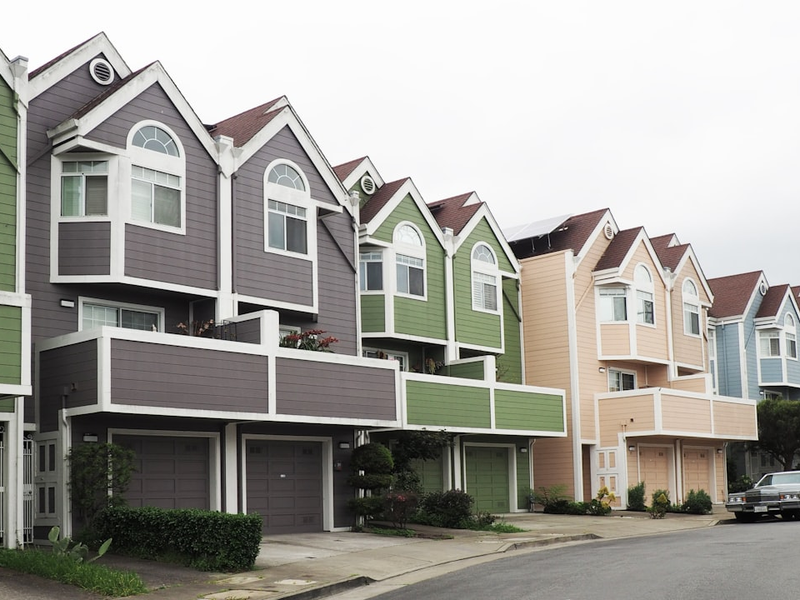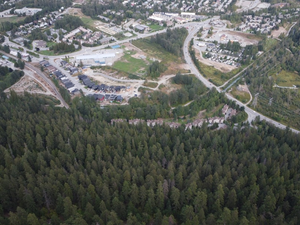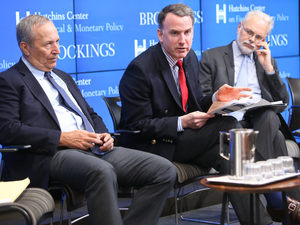California's Housing Landscape Shifts: Newsom's Bold Move to Cut Red Tape

Photo by Marcus Lenk on Unsplash
In a landmark decision that could reshape California’s housing crisis, Governor Gavin Newsom has signed two groundbreaking bills targeting environmental review processes for new housing and infrastructure projects. These laws represent a significant pivot in the ongoing battle to address the state’s chronic housing shortage.
The new legislation, AB 130 and SB 131, aim to streamline development by creating exemptions from the California Environmental Quality Act (CEQA) for specific urban infill projects. While Newsom dramatically proclaimed these reforms as “the most consequential housing reform in modern California history,” experts caution that the changes are more nuanced than revolutionary.
The bills specifically target projects that have been previously developed, align with existing planning guidelines, and meet specific zoning and labor standards. Urban planning expert William Fulton describes the approach as a “Swiss cheese” strategy, gradually creating exceptions to the landmark environmental protection law originally implemented in 1970.
However, the impact isn’t as sweeping as it might initially appear. The exemptions won’t apply to major infrastructure projects like the BART extension to San Jose or the California Forever development in Solano County. Moreover, developers remain cautious, recognizing that financing and potential litigation risks continue to pose significant challenges.
State Senator Scott Wiener, a prominent pro-housing advocate, acknowledges the complex landscape. “We’re very aware that the last five years have been rough,” he stated, emphasizing the need to establish robust frameworks that can support housing development when economic conditions improve.
The laws have immediate effect, but their practical implementation remains uncertain. Dan Sider from SF Planning notes that the on-the-ground effects likely won’t be fully understood for months, as the department begins processing applications under the new guidelines.
While these reforms represent a step forward, they underscore the ongoing complexity of addressing California’s housing crisis. The changes reflect a growing recognition that environmental protections must be balanced with the urgent need for housing development, particularly in dense urban areas.
As California continues to experiment with housing policy, these incremental changes signal a potential shift towards more pragmatic, development-friendly approaches that could serve as a model for other states grappling with similar challenges.
AUTHOR: tgc
SOURCE: SF Standard





















































